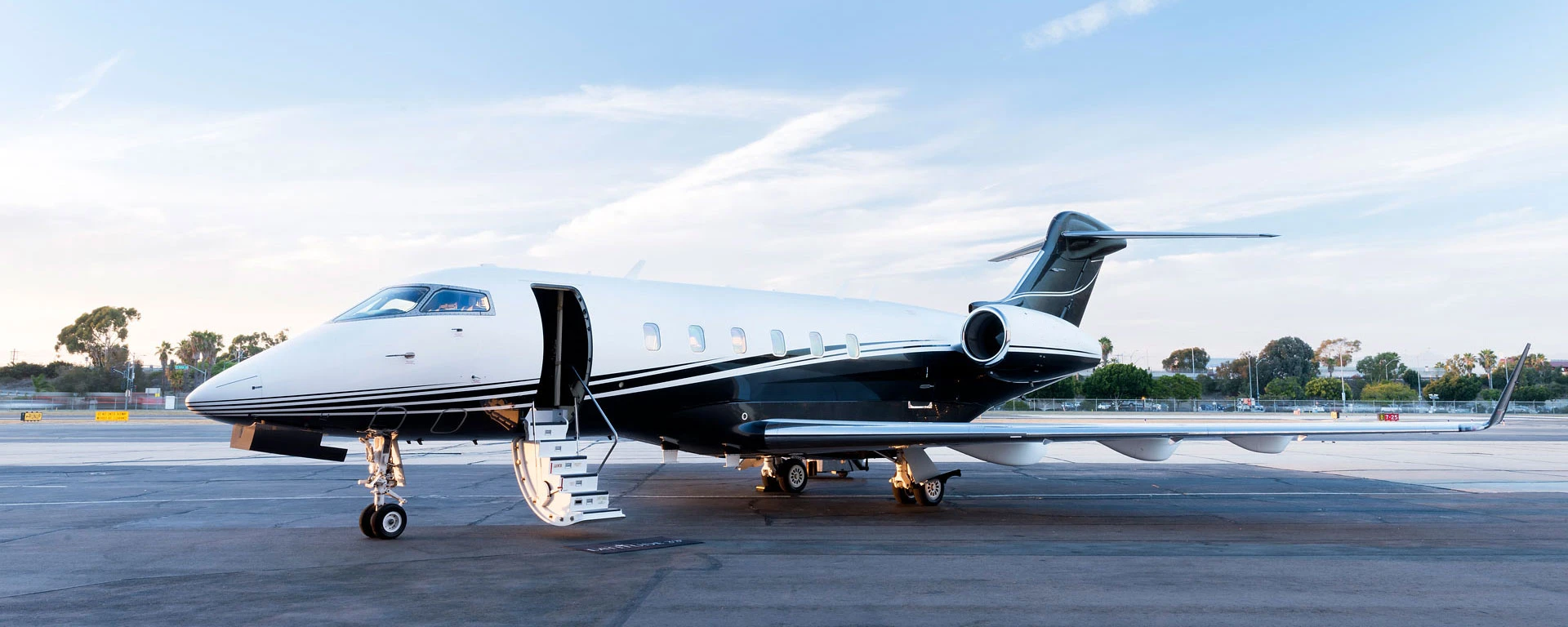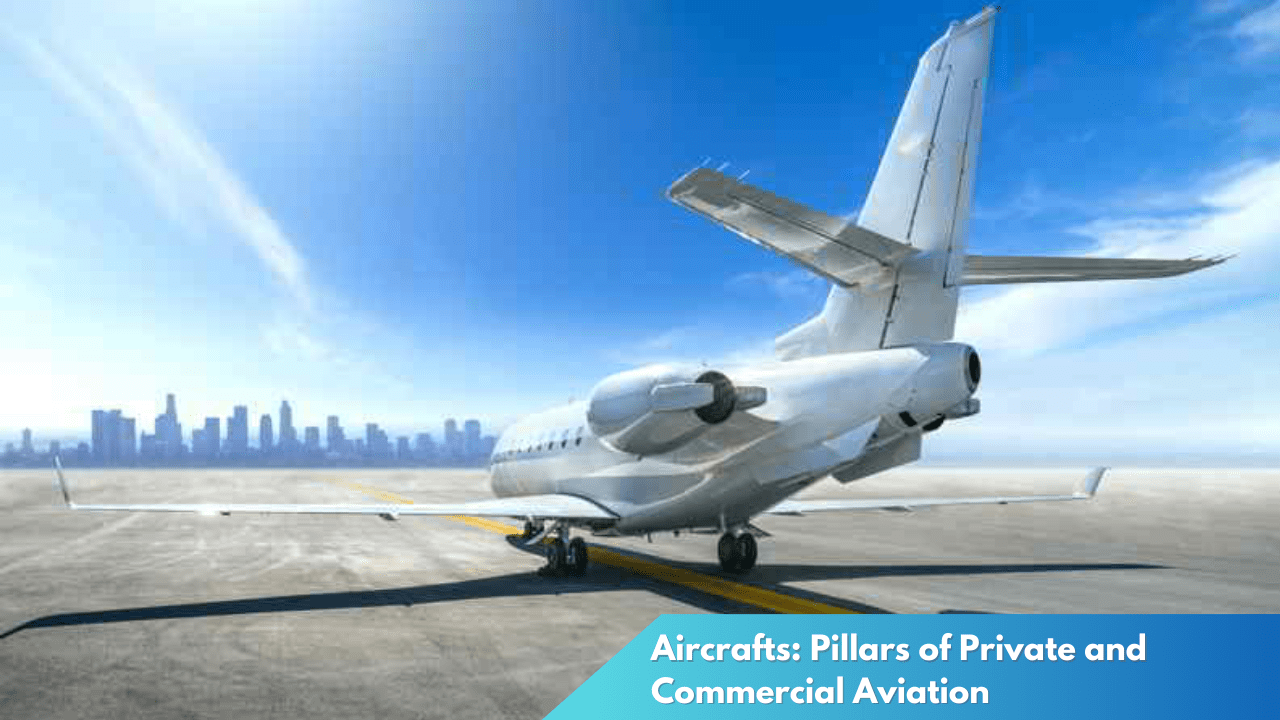Aircrafts: Pillars of Private and Commercial Aviation
The aviation industry is a cornerstone of the global transportation network, supporting both economic growth and personal travel. Aircrafts, the primary vehicles of this industry, serve as the linchpins for both private and commercial aviation sectors. This article delves into the role of aircraft as the backbone of modern aviation and explores the interplay between private jets and commercial airliners.
Aircrafts: Backbone of Modern Aviation Industry

Aircrafts are the heartbeat of the modern aviation industry, facilitating the movement of people and goods across continents with unprecedented speed and efficiency. Since the maiden flight of the Wright brothers, the design and capabilities of aircraft have evolved tremendously, allowing for technological advancements that have transformed air travel into a reliable and indispensable component of the global economy. From small regional planes to massive long-haul airliners, aircraft innovations have consistently pushed the boundaries of what is possible, ensuring aviation remains a vital link in worldwide transportation.
The commercial aviation sector relies heavily on aircraft as its primary assets, with airlines continually investing in new fleets to meet the growing demand for air travel. Innovations such as fuel-efficient engines, advanced aerodynamics, and cutting-edge avionics have made modern airliners more efficient, environmentally friendly, and safer than ever before. This continuous evolution not only enhances passenger experience but also contributes to the economic sustainability of airlines, underscoring the importance of aircraft in maintaining the industry’s vitality.
Beyond the technical aspects, aircraft have become symbols of globalization, connecting distant cultures and economies. The ability to travel quickly and efficiently has profoundly impacted international trade, tourism, and global collaboration. By reducing travel time and increasing accessibility, aircraft enable businesses to operate on a global scale, fostering economic development and cultural exchange. As such, aircraft are not just vehicles; they are facilitators of a connected world, highlighting their significance as the backbone of the modern aviation industry.
Bridging Private Jets and Commercial Airliners

Private jets and commercial airliners, while serving different market segments, are interconnected elements of the broader aviation ecosystem. Private jets offer bespoke travel experiences, catering to individuals and corporations seeking flexibility, privacy, and luxury. These aircraft provide the ability to fly on-demand to a wide array of destinations, including those not served by commercial airlines, thereby complementing the services offered by the commercial aviation sector.
Commercial airliners, on the other hand, function as the workhorses of the aviation industry, transporting millions of passengers annually across established routes. They are designed to maximize capacity and efficiency, serving as the primary mode of transport for individuals and businesses alike. Despite their differences, both private jets and commercial airliners share technological advancements and regulatory standards, ensuring safety and reliability across the board. This synergy promotes innovation and growth within the industry, paving the way for shared developments such as sustainable aviation fuels and enhanced air traffic management systems.
The interplay between private jets and commercial airliners extends beyond operational aspects, influencing market dynamics and consumer expectations. As the demand for personalized travel experiences rises, commercial airlines find themselves adapting elements from the private aviation model, such as premium services and bespoke offerings. Conversely, private jet operators benefit from advances in technology and infrastructure driven by the scale of commercial aviation. This dynamic relationship not only enriches the options available to travelers but also drives the aviation industry toward a more integrated and diversified future.
Aircrafts are indispensable components of both private and commercial aviation, each playing a crucial role in shaping the industry’s landscape. As the aviation sector continues to evolve, the synergy between private jets and commercial airliners will drive innovation and growth. Together, they form the pillars of modern aviation, ensuring connectivity and accessibility in an increasingly globalized world.



